Technological Innovations
Technological advancements are significantly influencing the Nano Cellulose Market. Innovations in production techniques, such as advanced extraction methods and processing technologies, have enhanced the efficiency and scalability of nano cellulose production. For instance, the development of cost-effective and environmentally friendly extraction processes has made it feasible for manufacturers to produce nano cellulose at a larger scale. This has led to a reduction in production costs, making nano cellulose more accessible to various industries. The market is projected to grow at a compound annual growth rate of 20% over the next five years, driven by these technological innovations. Additionally, the integration of nano cellulose in high-tech applications, such as electronics and biomedical devices, indicates a promising future for the market. Therefore, technological innovations are not only enhancing production capabilities but also expanding the application scope of the Nano Cellulose Market.
Sustainability Initiatives
The increasing emphasis on sustainability appears to be a pivotal driver for the Nano Cellulose Market. As industries strive to reduce their carbon footprint, the demand for eco-friendly materials has surged. Nano cellulose, derived from renewable resources, offers a biodegradable alternative to conventional plastics. This shift towards sustainable practices is reflected in the projected growth of the nano cellulose market, which is anticipated to reach USD 1.5 billion by 2026. Companies are increasingly integrating nano cellulose into their products to enhance sustainability, thereby attracting environmentally conscious consumers. Furthermore, regulatory frameworks promoting sustainable materials are likely to bolster the market, as manufacturers seek to comply with stringent environmental standards. Thus, the sustainability initiatives are not merely a trend but a fundamental driver shaping the future of the Nano Cellulose Market.
Diverse Application Spectrum
The versatility of nano cellulose is emerging as a crucial driver for the Nano Cellulose Market. Its unique properties, such as high strength-to-weight ratio and excellent barrier characteristics, enable its use across various sectors, including packaging, construction, and healthcare. In the packaging industry, for example, nano cellulose is being utilized to create lightweight, biodegradable materials that meet consumer demand for sustainable options. The healthcare sector is also witnessing a rise in the use of nano cellulose for drug delivery systems and wound dressings, owing to its biocompatibility. As industries continue to explore innovative applications, the market is expected to expand significantly, with estimates suggesting a market value of USD 1.2 billion by 2025. This diverse application spectrum not only highlights the adaptability of nano cellulose but also underscores its potential to drive growth within the Nano Cellulose Market.
Government Support and Funding
Government initiatives and funding programs are playing a pivotal role in propelling the Nano Cellulose Market. Various governments are recognizing the potential of nano cellulose as a sustainable material and are investing in research and development to promote its applications. Funding for projects aimed at enhancing production techniques and exploring new uses for nano cellulose is becoming increasingly common. For instance, grants and subsidies are being allocated to companies that focus on innovative uses of nano cellulose in construction, packaging, and biomedical fields. This support not only accelerates technological advancements but also encourages collaboration between academia and industry. As a result, the market is expected to witness substantial growth, with projections indicating a market size of USD 1 billion by 2025. Therefore, government support and funding are essential drivers that are likely to shape the trajectory of the Nano Cellulose Market.
Rising Demand in the Automotive Sector
The automotive industry is increasingly recognizing the potential of nano cellulose, which serves as a significant driver for the Nano Cellulose Market. As manufacturers seek to enhance vehicle performance while reducing weight, nano cellulose composites are being integrated into automotive components. These materials contribute to improved fuel efficiency and lower emissions, aligning with the industry's shift towards sustainability. The market for nano cellulose in automotive applications is projected to grow at a rate of 15% annually, reflecting the industry's commitment to innovation and environmental responsibility. Furthermore, the lightweight nature of nano cellulose composites allows for greater design flexibility, enabling manufacturers to create more efficient and aesthetically pleasing vehicles. Thus, the rising demand in the automotive sector is likely to propel the Nano Cellulose Market forward, fostering advancements in material science and engineering.



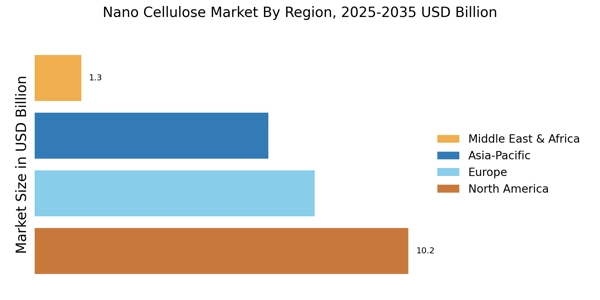
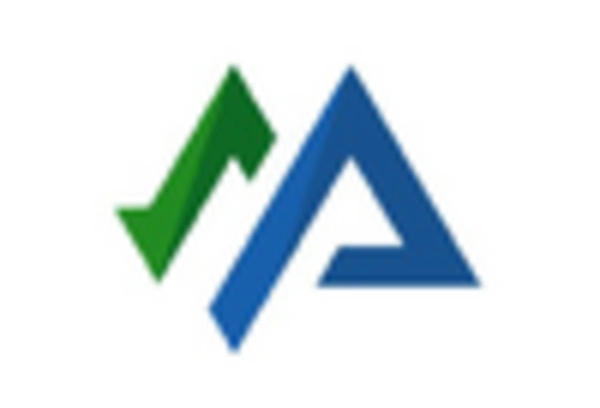

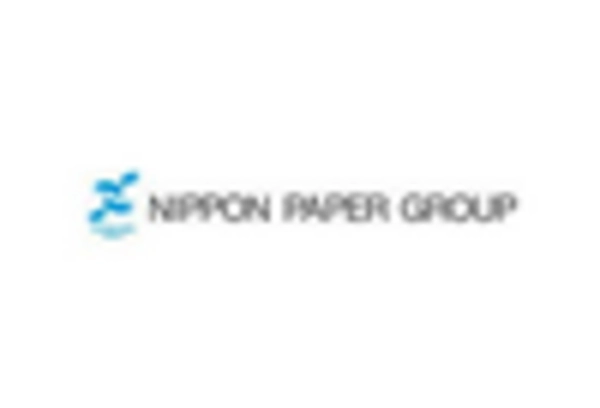
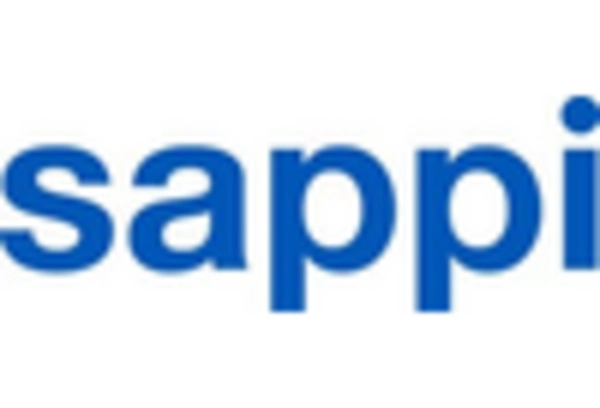

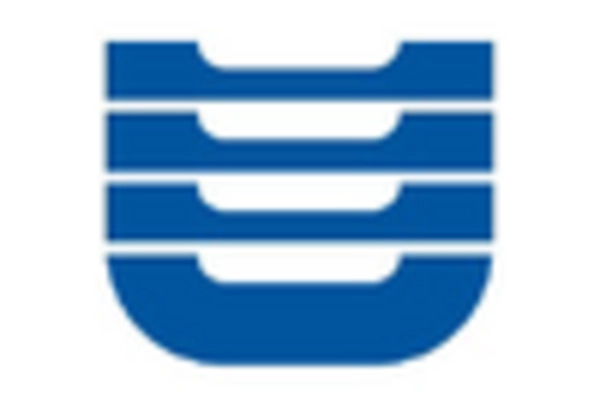








Leave a Comment